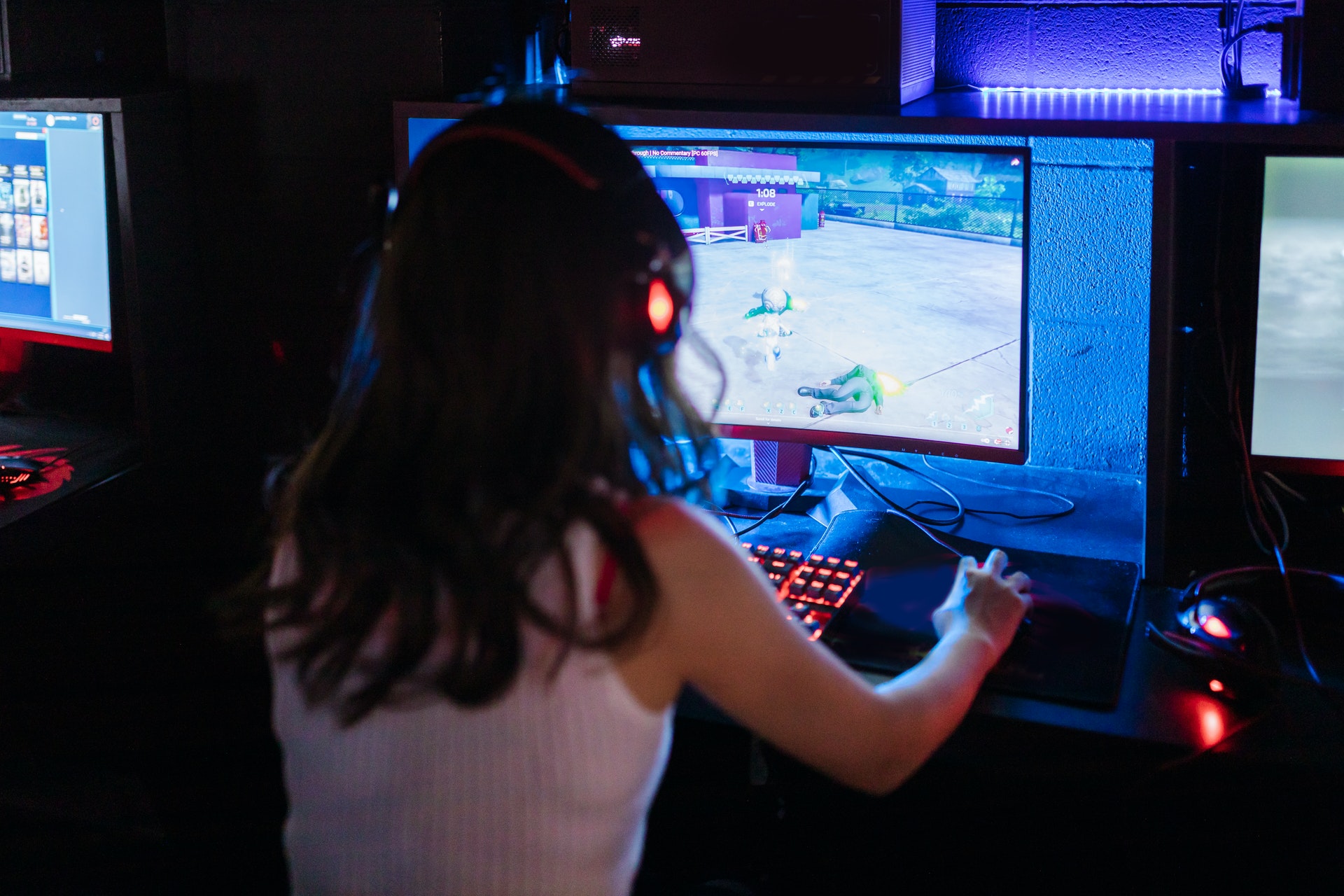
Most of the time the easiest way to improve the performance of your gaming PC is to ugprade your components. But what if you don’t have the cash to burn on expensive new parts?
Fret not. There are tweaks and tricks that you can do to optimize performance without spending a lot of money. By following these tweaks you will definitely help you optimize your gaming PC to its full potential. Here are seven tips on how to tweak and optimize the performance of your gaming PC from us, the experts in PC gaming.
1 – Update Your Drivers
Keeping your drivers updated is key to getting the best possible performance. These updates optimize and release new features and fix any existing bugs or problems in the outdated version. New drivers can provide performance boosts for new games as well. Thus keep all of your drivers up to date, especially your graphics card drivers. Not sure how to update those? We have a guide for you here.
2 – Tweak GPU Settings.
As a user, you should be familiar with how various settings effect the performance of your GPU. You can actually maximize the performance of your graphics card using these settings. For Nvidia users, click and open the Nvidia Control Panel. Select Manage 3D Settings under the 3D Settings. Then click the Global Settings tab, which is shown on the right part of the interface.
While for AMD Radeon graphics card, you can access this setting by selecting AMD Radeon Settings on your desktop interface. Choose the Gaming Tab and click on Global Settings. From this control panel, you can adjust several settings. You can change the settings on the control panel for your GPU’s anti-alias and morphological filter. It also has settings for anisotropic filter, texture filtering quality, and shader cache.
3 – Enable Windows Game Mode.
First introduced with Windows 10, Windows has a Game Mode setting that will tweak your system to optimize your system for gaming when enabled.
These optimizations include automatically adjusting processor behavior, battery power allocation (if using a laptop), and the GPU settings to improve the user’s gaming experience.
In short, Windows Game Mode will put most of the system resources into just the game, reducing background processes and allowing the processor and GPU to focus their power on running a game. This can improve framerates in your games.
Enabling Game Mode is easy. Press start and type the word “gaming” in the Windows search bar. Then select the Game Mode settings, which are listed under the Best Match. Open the Settings app, then make sure to toggle on the Game Mode. Then restart your computer to make sure game mode is fully enabled when you launch a game.
4 – Use Recommended Game API.
Graphics APIs provide communication between your system’s GPU and the game engine. These APIs include DirectX, Vulkan, and OpenGL — each of these APIs has the same purposes but comes with different features. For example, DirectX is designed to reduce power consumption and improve your gaming PC’s overall performance.
Most Microsoft Windows gaming PCs feature DirectX as an API. The latest version is the DirectX12. However, some APIs seem to work better depending on the graphics card being used. For example, Vulkan seems to perform better with AMD graphics cards. Many games include options for which API to use, so test out the different options on your PC to see which performs best for you.
5 – Upgrade Graphics Card.
Upgrading the graphics card of your gaming PC is the best step to boost and improve its overall performance.
The top two video graphics card manufacturers in the market are NVIDIA and AMD. Intel has also joined their ranks with their new Intel ARC B580, which has great performance for the price.
But before you upgrade or buy a new graphics card for your gaming PC, make sure that the model you’re buying is compatible with your motherboard and fits in your PC’s case.
6 – Use An Upscaler.
Performance boosting features, like NVIDIA’s DLSS or Deep Learning Super Sampling can render a video game with lower internal resolution. It uses AI to upscale the graphics in the game to the user display’s native resolution.
However, to use DLSS, you need to use an NVIDIA graphics card. Plus, it only works on supported video games. For AMD GPUs, you can search for their own image reconstruction tool called AMD FSR. It works with all GPUs. Intel also has their own performance boosting upscaling technology known as Intel XeSS.
Usually if a game has the option to use one of these upscaling tools, we recommend using it to boost your performance with little difference to the final visual quality you see on screen.